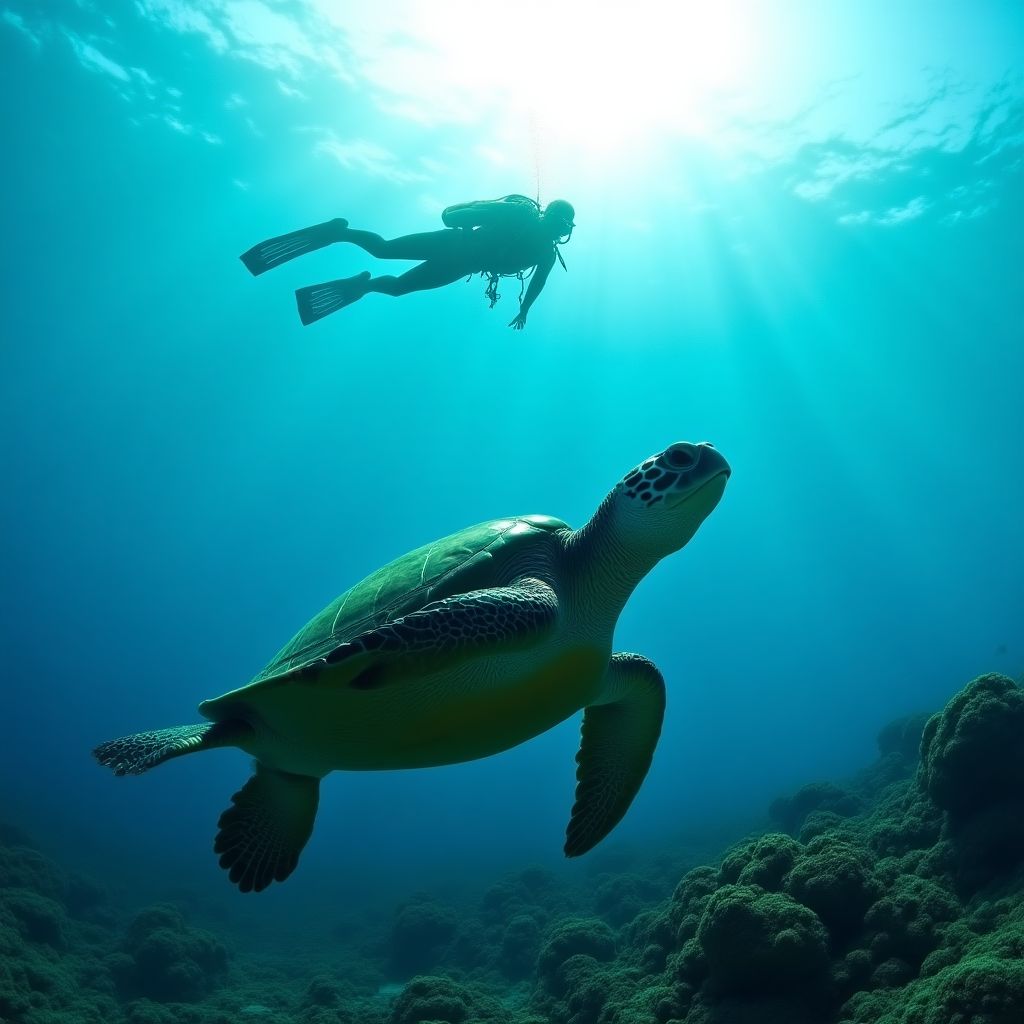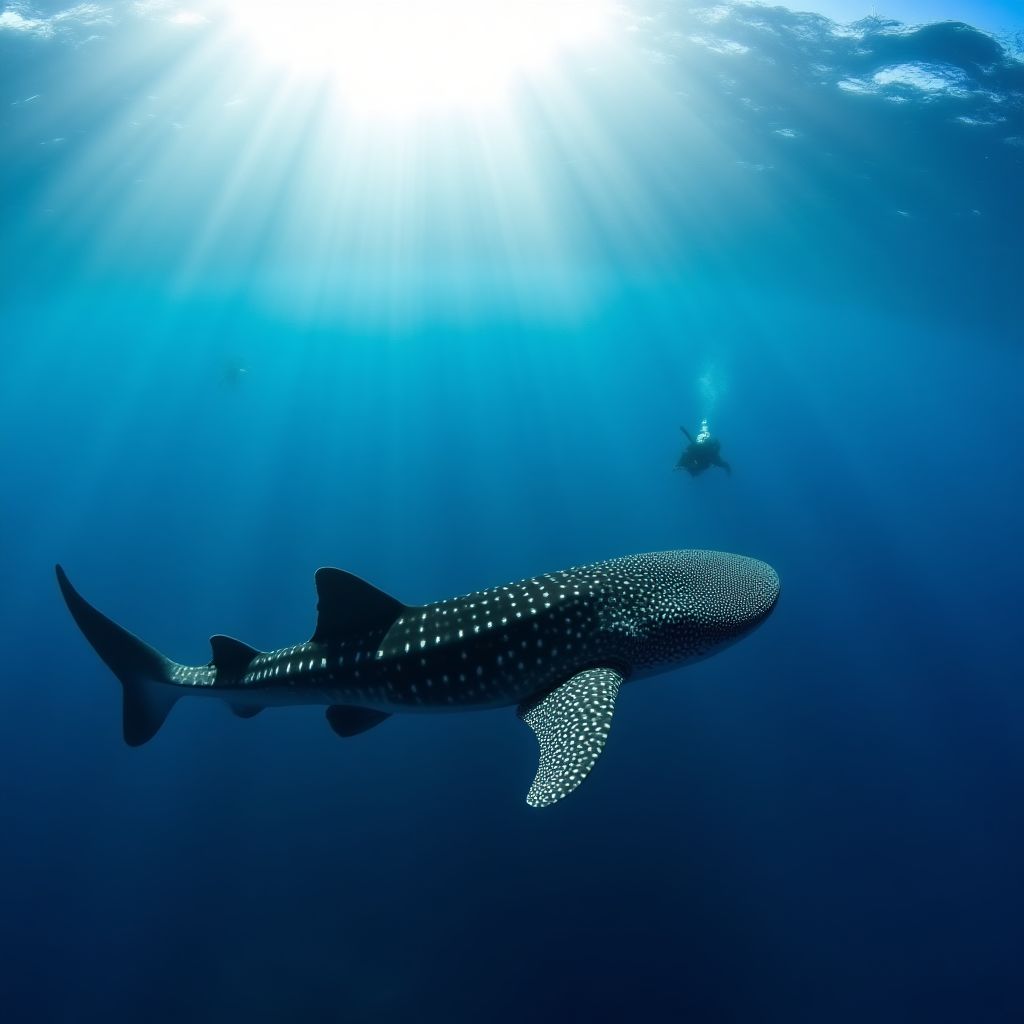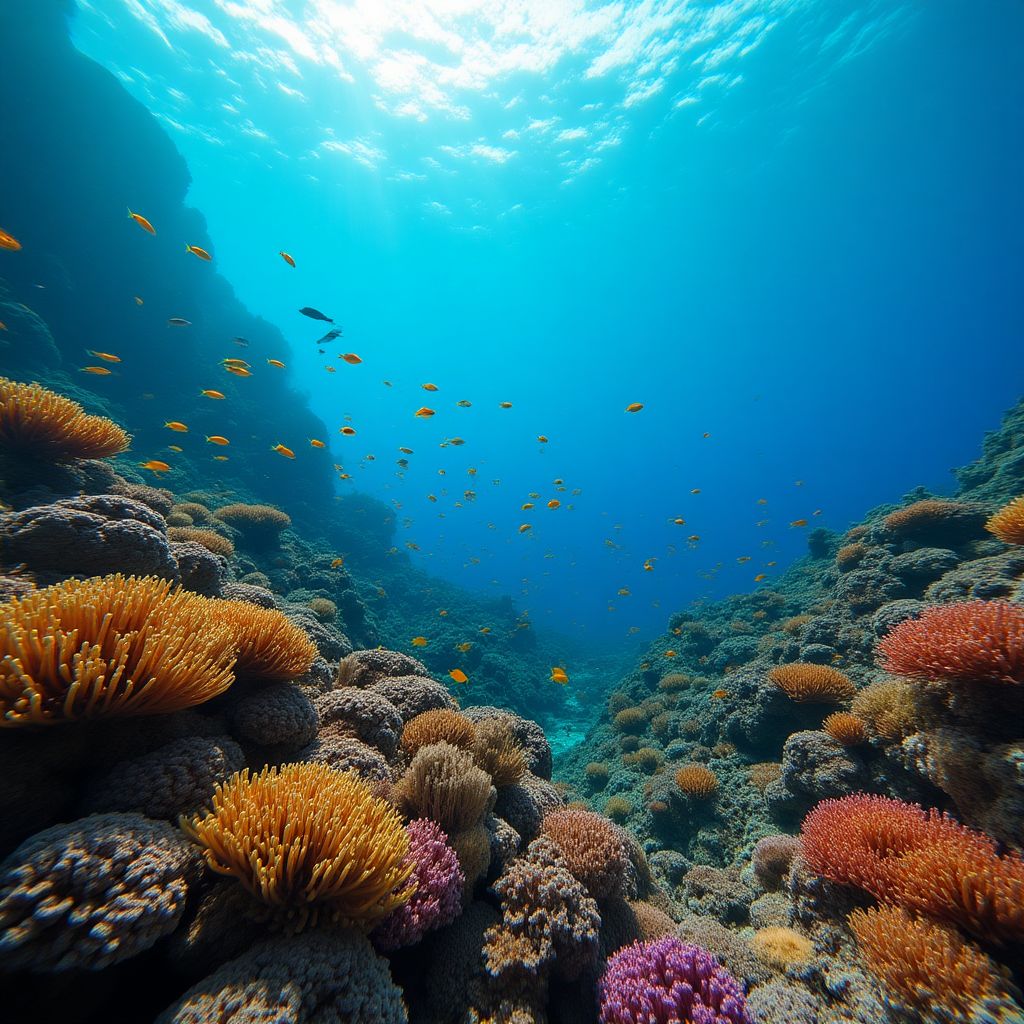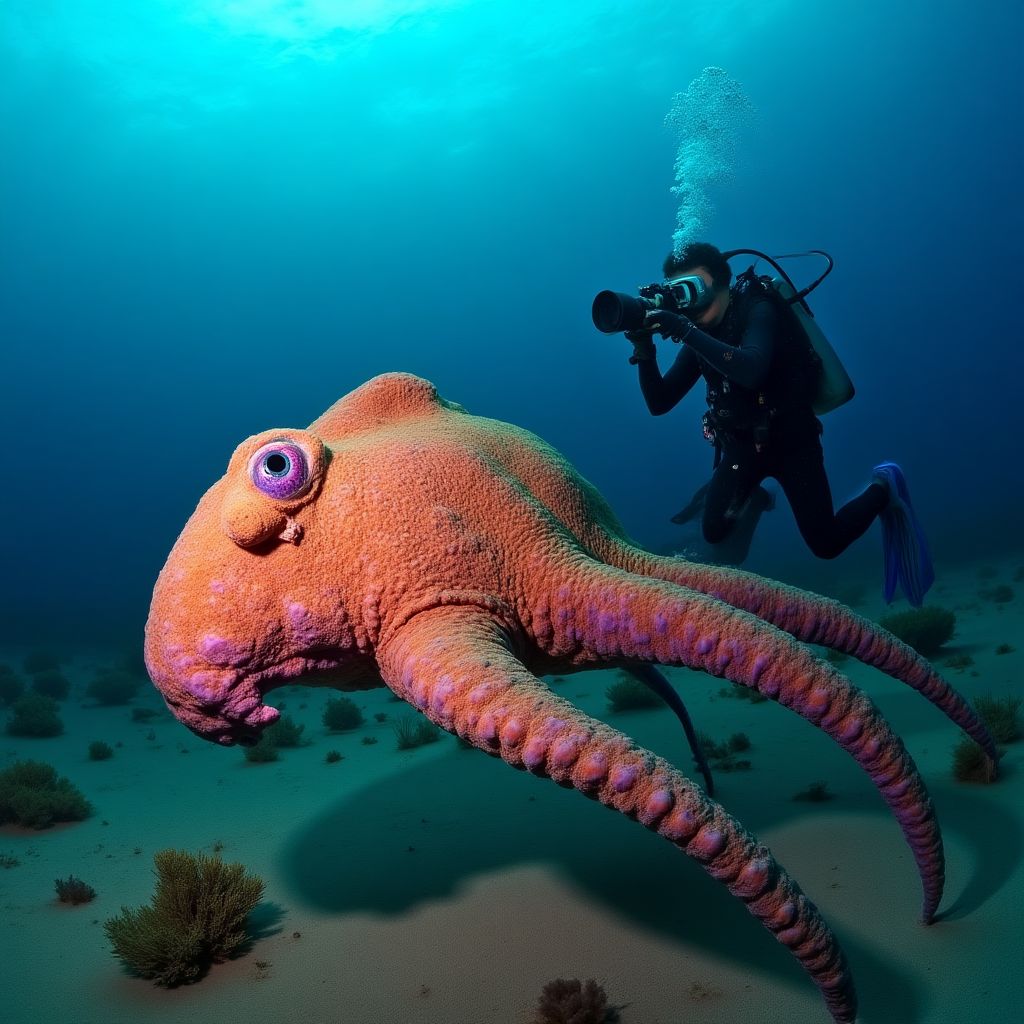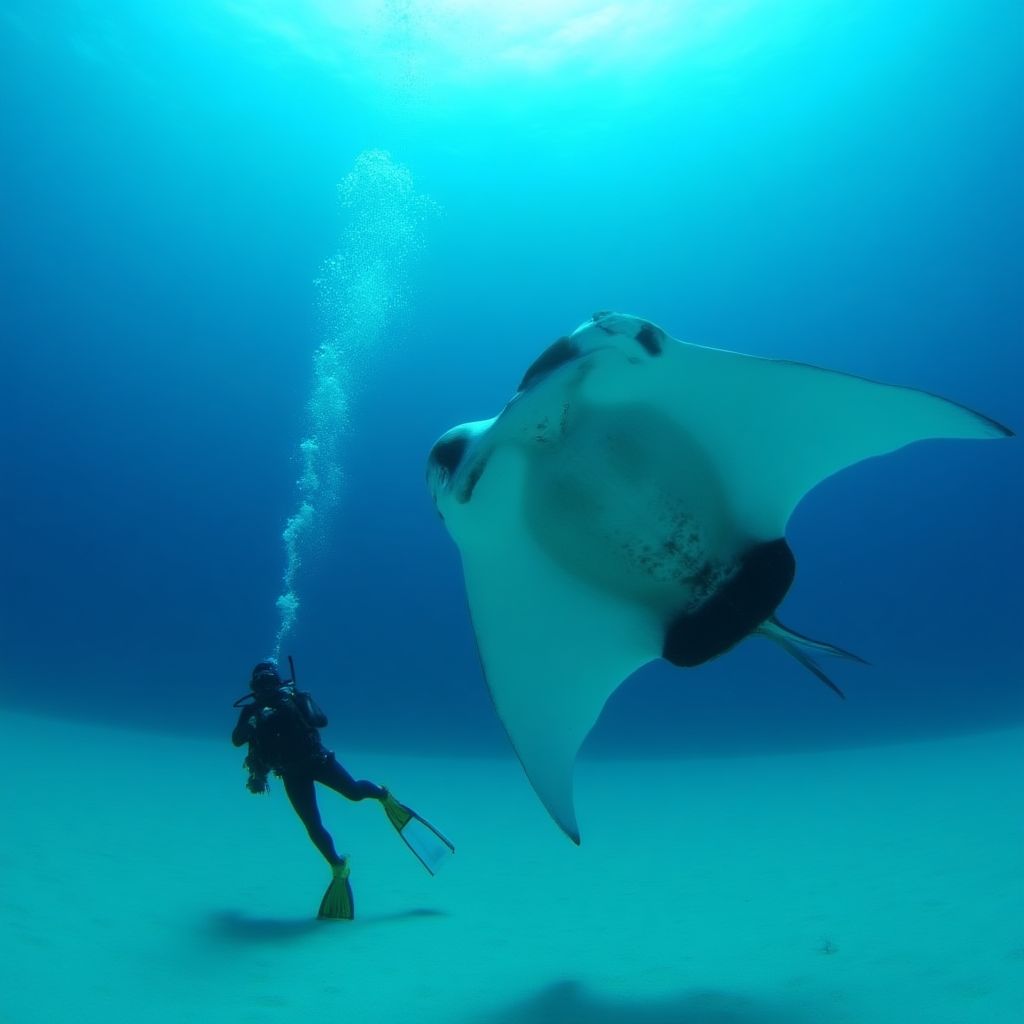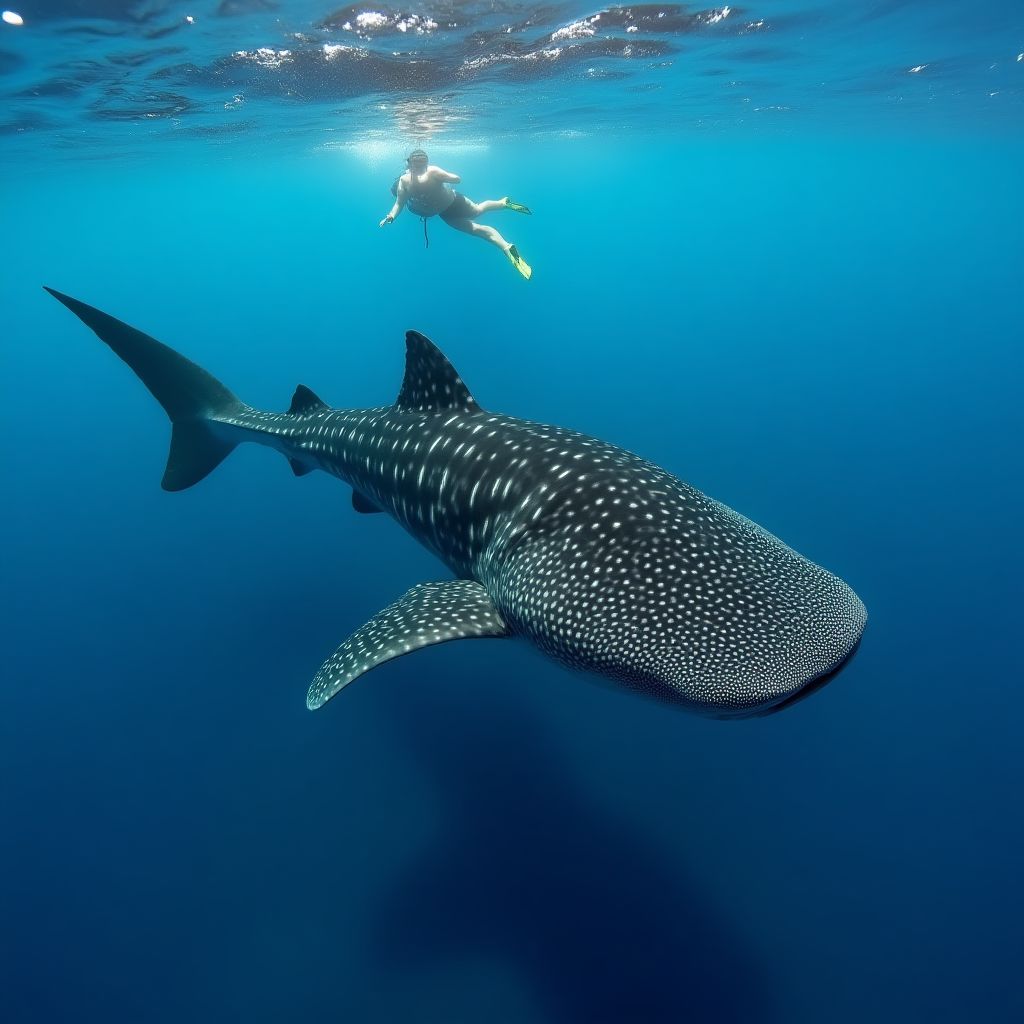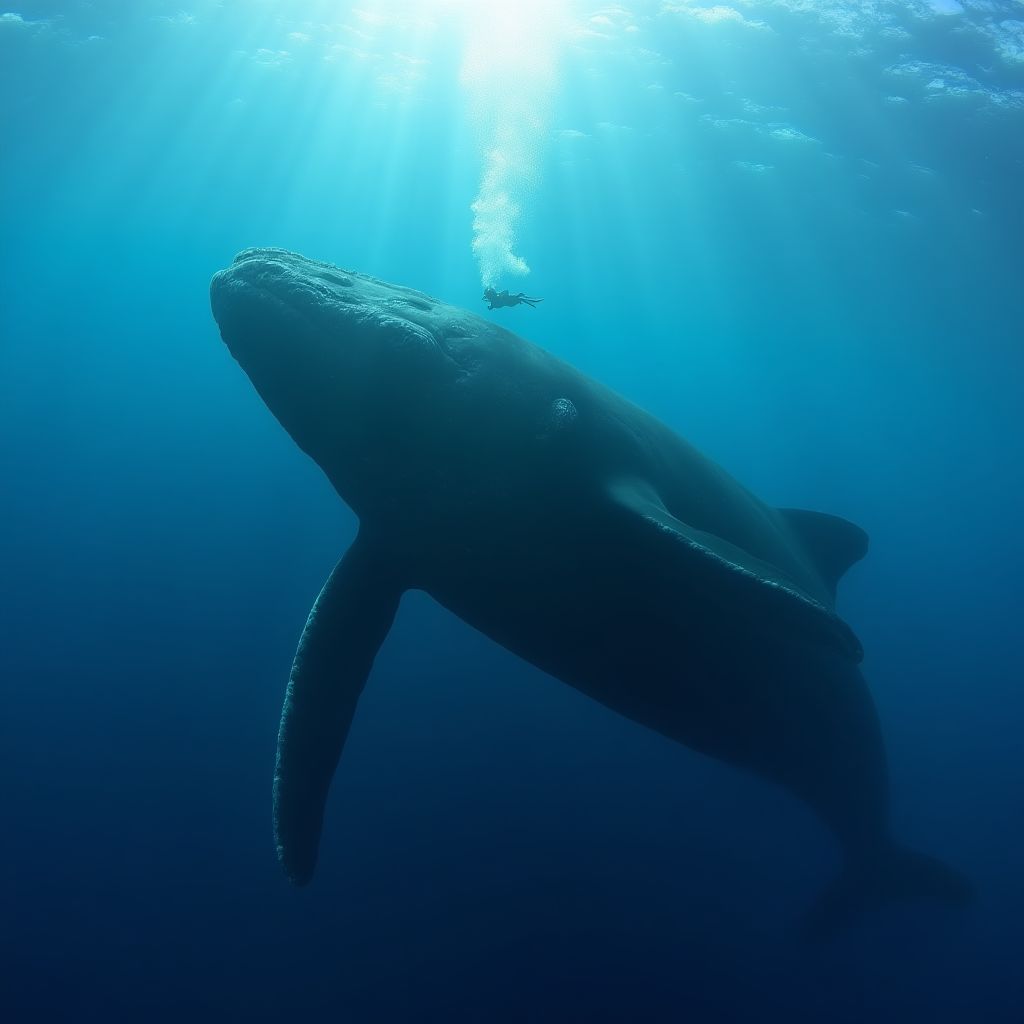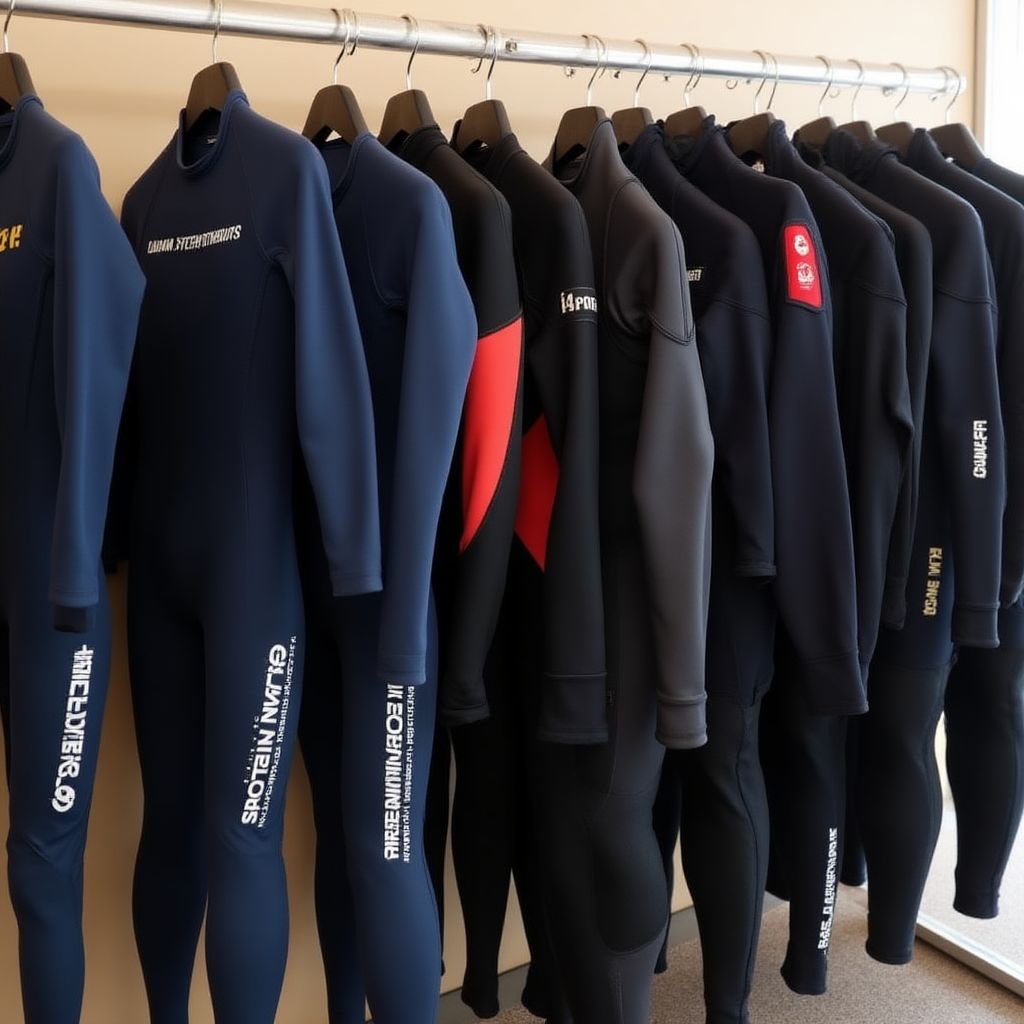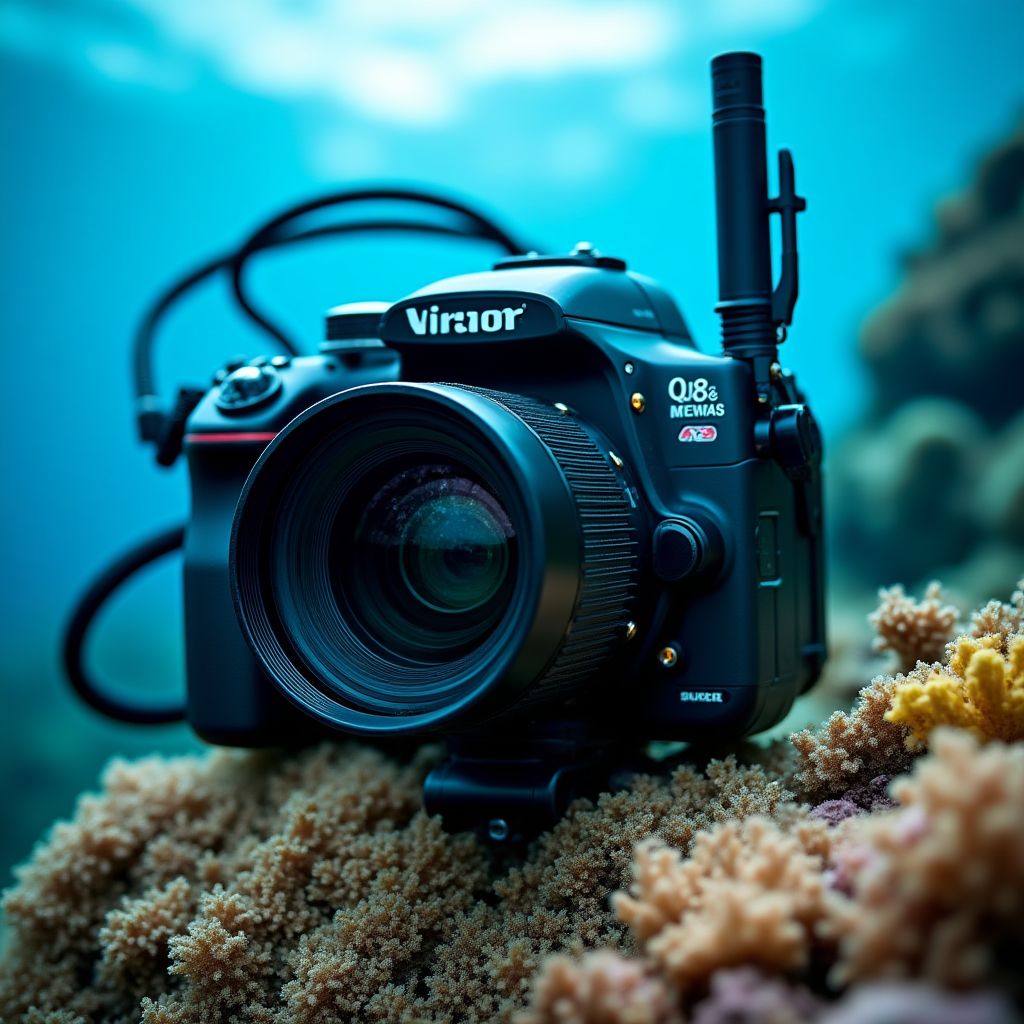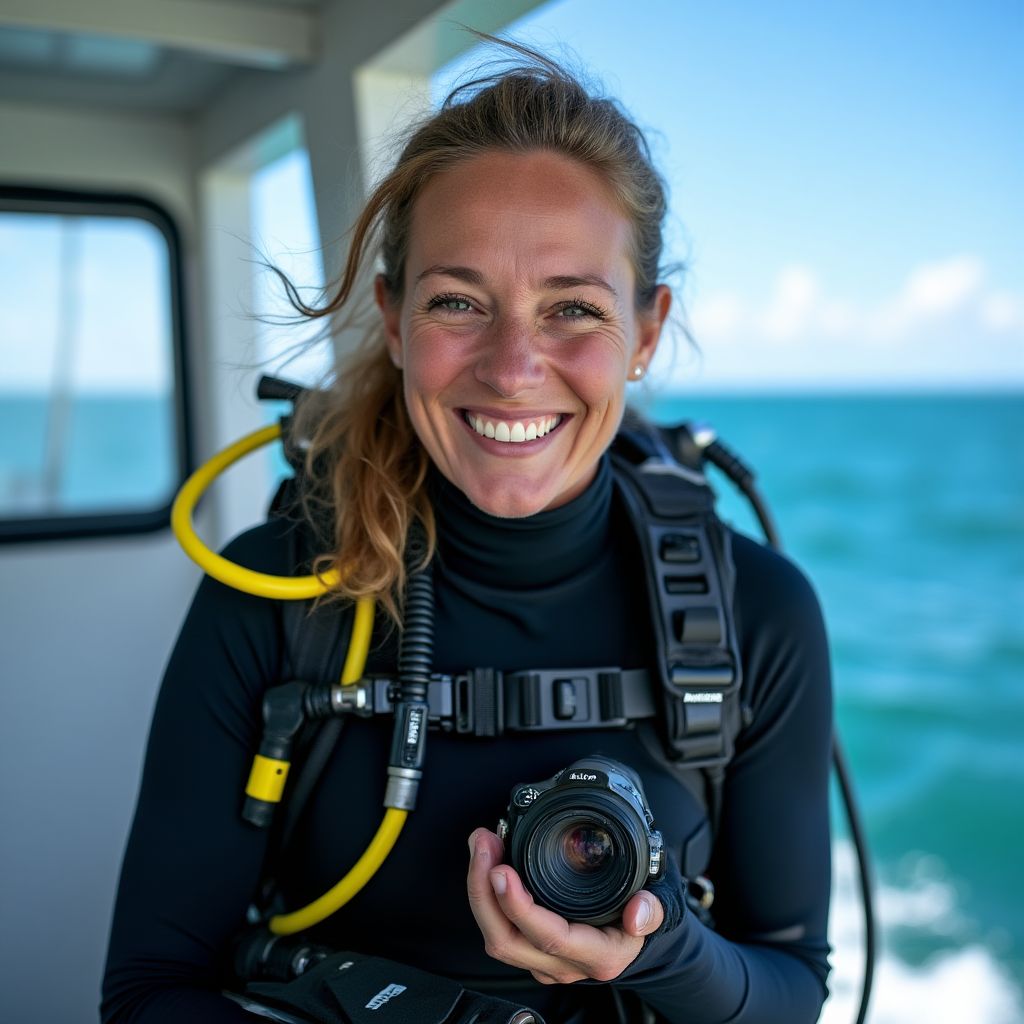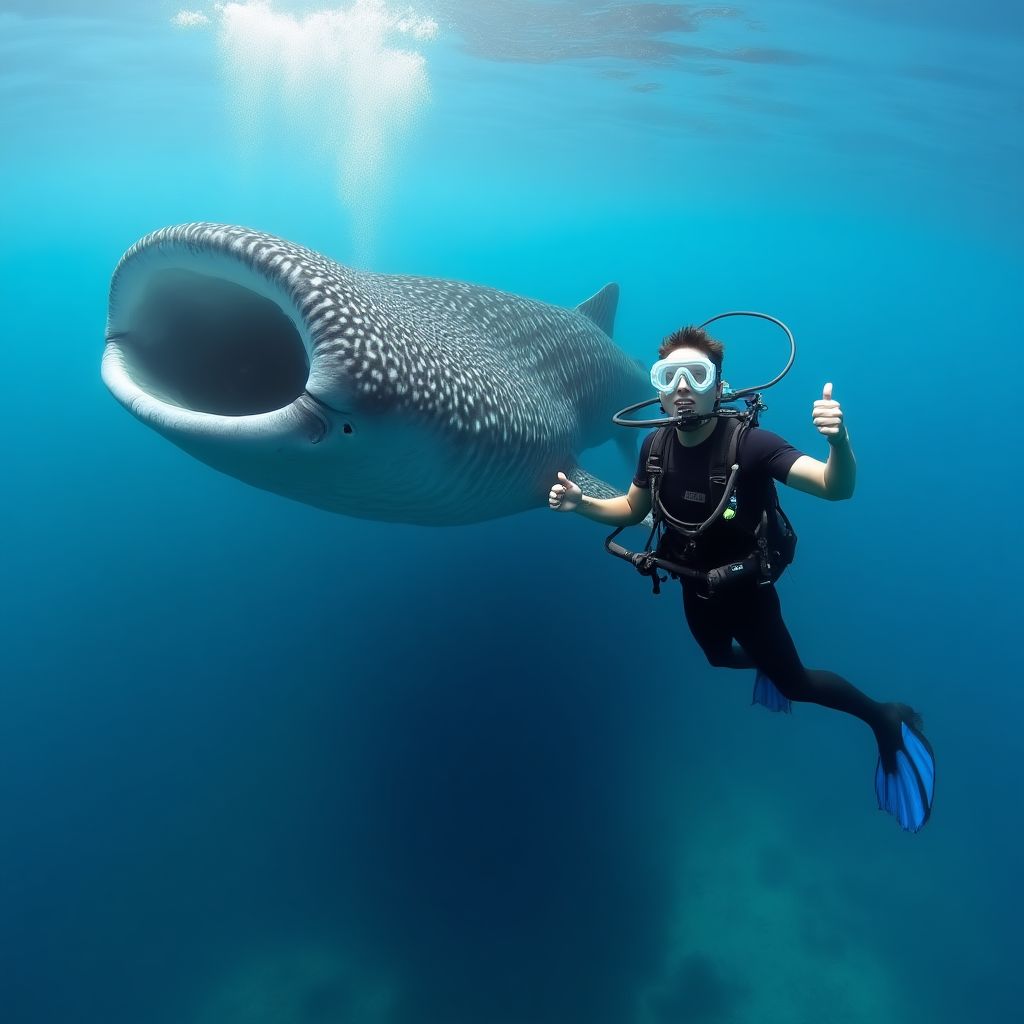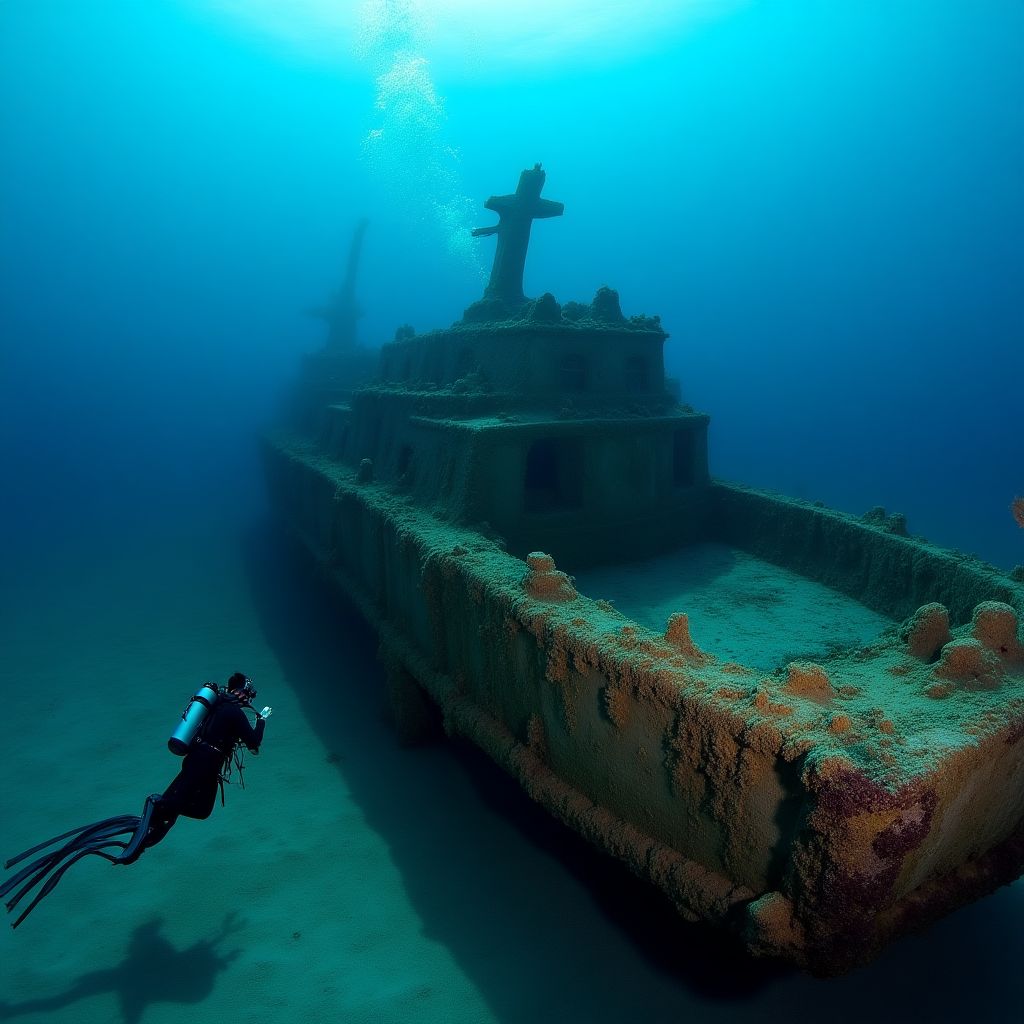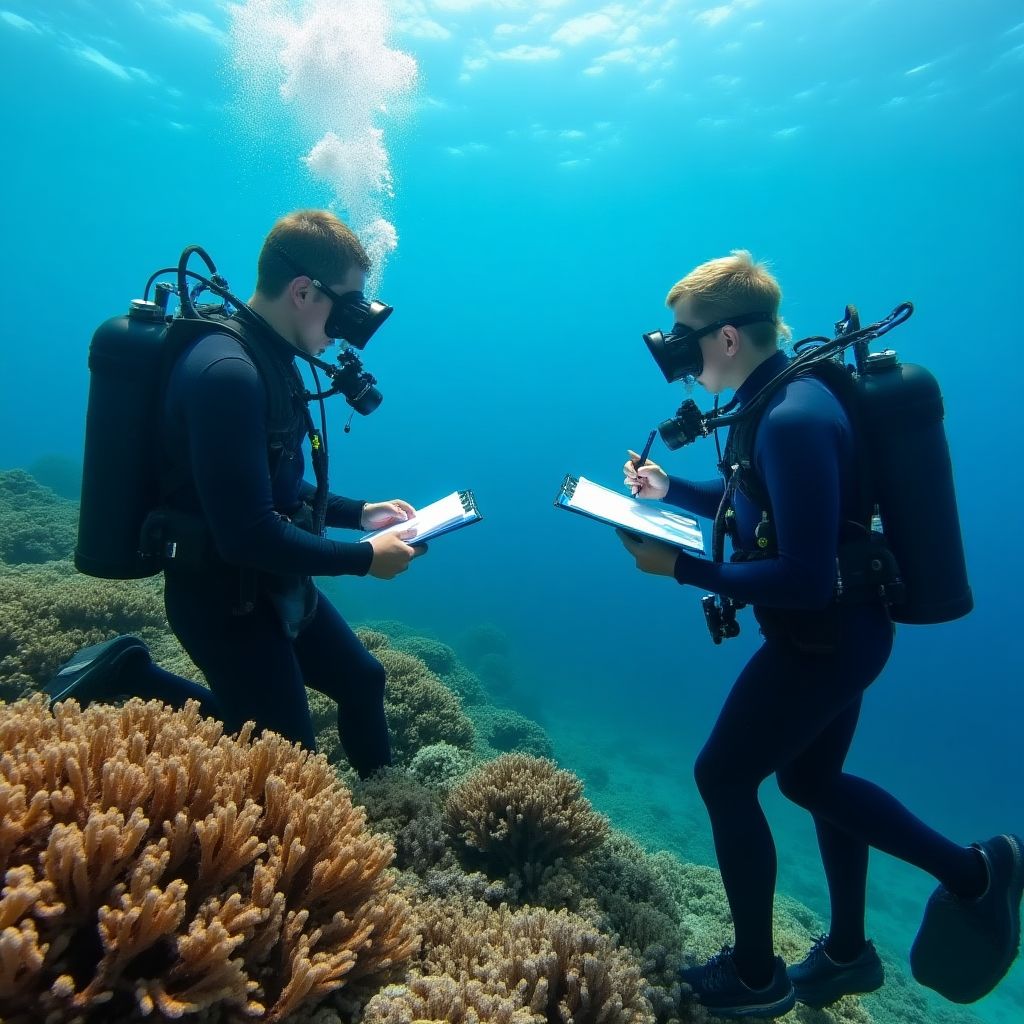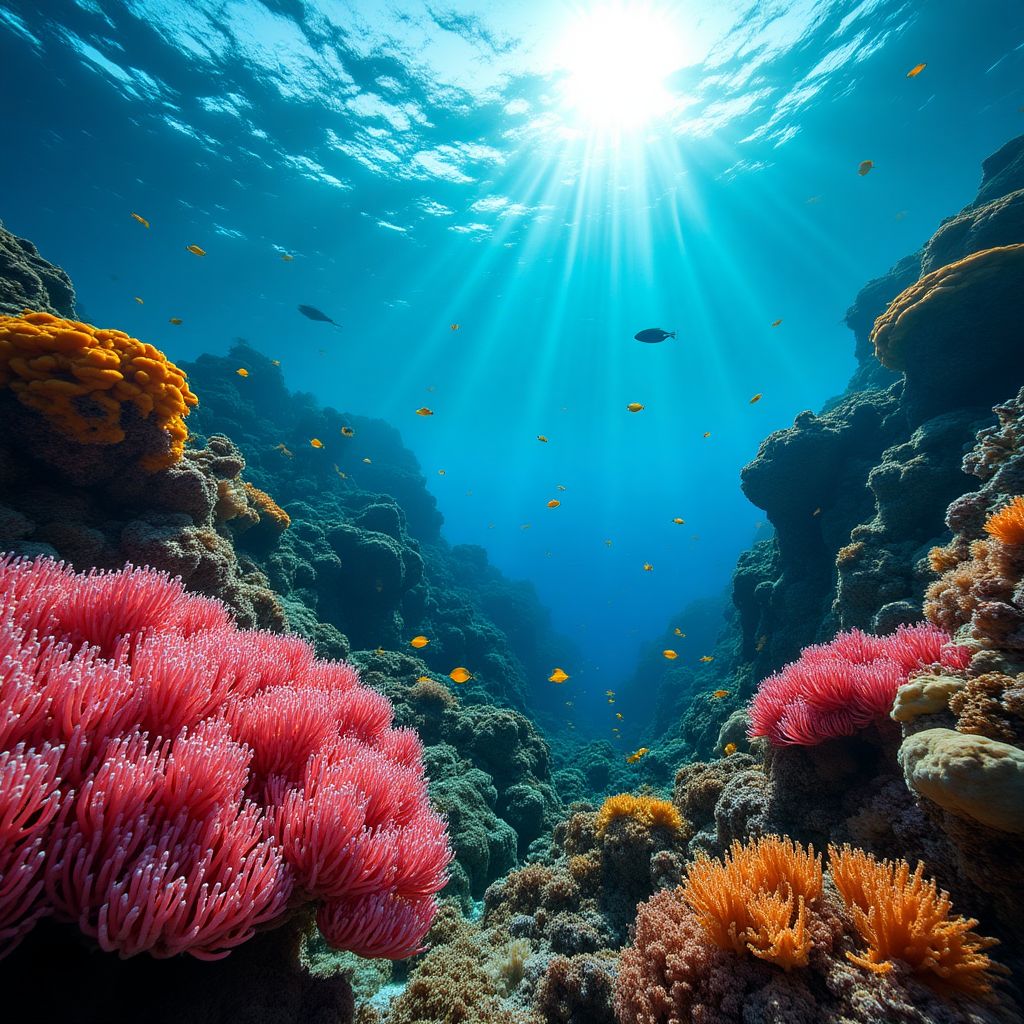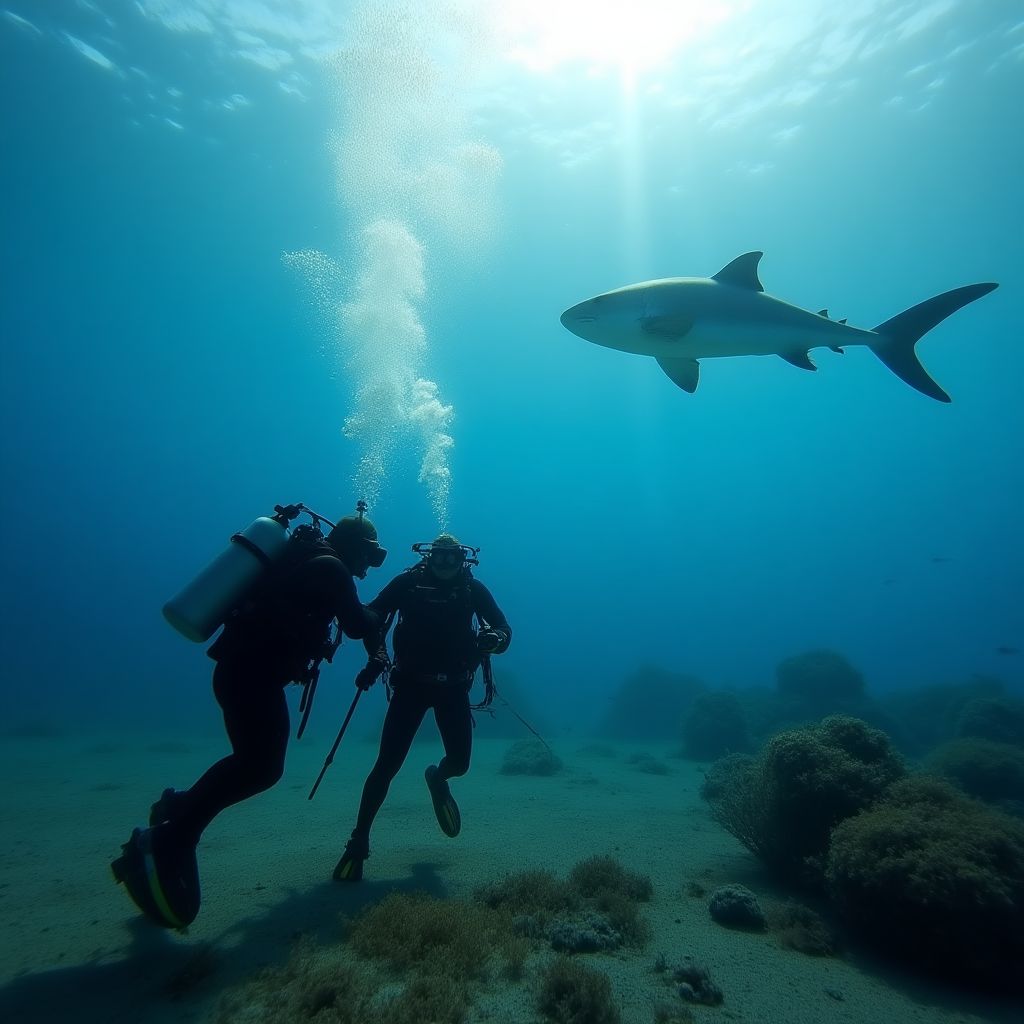Conservation in Action
Australia leads numerous marine conservation initiatives that divers can participate in or observe during their visits. The Great Barrier Reef Marine Park Authority runs citizen science programs where recreational divers can contribute valuable data on coral health, crown-of-thorns starfish outbreaks, and marine species populations.
Many dive operators actively participate in conservation work, with some dedicating specific "eco-dives" to activities like underwater clean-ups, coral planting, or scientific monitoring. These experiences provide unique insights into reef ecology while allowing divers to contribute positively to marine protection efforts.
When planning your diving trip, consider choosing operators with strong environmental credentials, such as Advanced Ecotourism Certification or those partnered with recognized conservation organizations. These businesses typically implement best practices that minimize environmental impacts while maximizing educational value.
